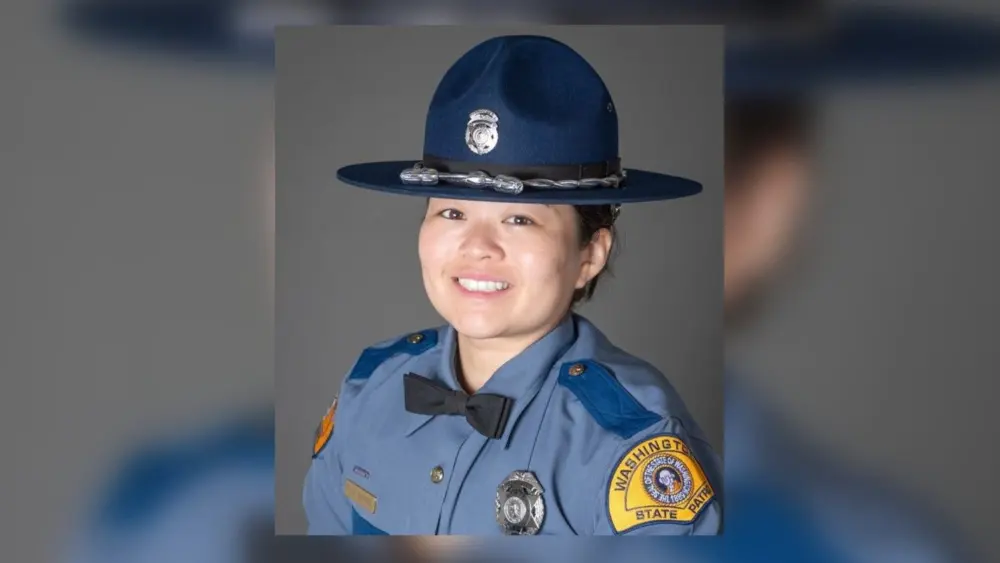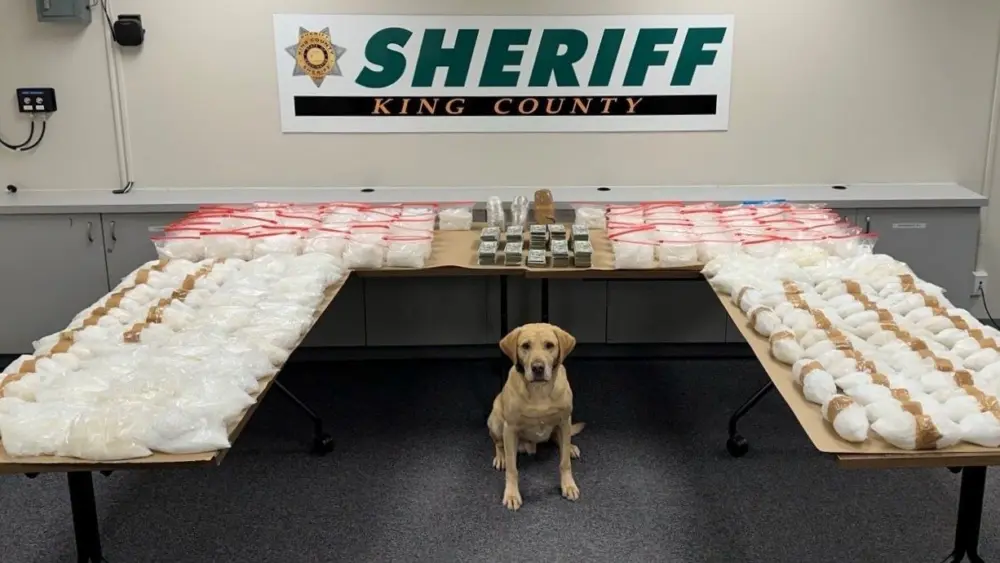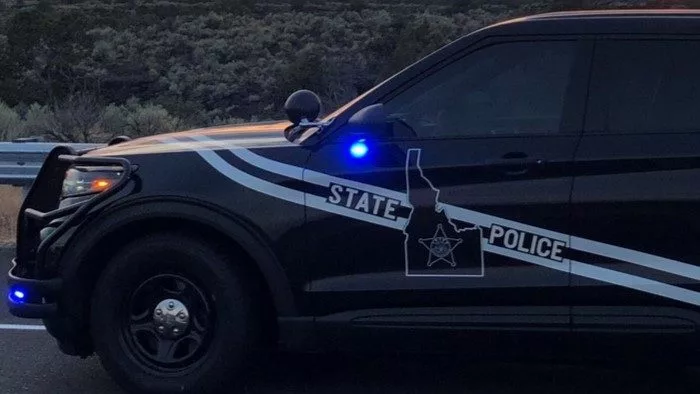(Kamiah, ID) The alpine country of the Hoodoo Roadless Area, also known as The Great Burn, is one of the most stunningly rugged places in North Idaho and Western Montana. Winter comes early to the landscape and snowstorms can (and do) occur every month of the year. While it is within a few hours of Spokane, Missoula, and Coeur d’Alene, this area is a world unto itself, filled with unique ecosystems heavily shaped by the Great Burn of 1910, one of America’s most destructive wildfires, which dramatically altered its landscape. The boundaries of three national forests—the Idaho Panhandle, the Lolo, and the Nez Perce-Clearwater National Forests—join together in its high country, which straddles six different ranger districts. And, operating within the more than 1.8 million acres of this larger ecosystem is the Great Burn Conservation Alliance (GBCA), a nonprofit organization devoted to stewarding its resources and educating the public about this special place.
Joelle Gallaugher, Stewardship Coordinator began her work in this area as part of a Forest Service Trail Crew but has worked with the GBCA for three years, enthused that: “I fell in love with this area and its so special to me.” In her busy work year, Joelle engaged in trail maintenance, biological surveys, environmental education, and helped pioneer a program that brought young people from the Idaho Youth Challenge Academy on their first ever backpacking trips: “These trips bring kids from all over Idaho into the backcountry. So many of them come from urban areas and they haven’t seen mountains and valleys that go on forever and ever. It was so rewarding to see their eyes light up in this wild place. On one trip, they were delighted to watch a bear on a neighboring ridge for hours. It was so great to bring them out to see how it inspired them. And it’s enlightening to see what the upcoming generations are interested in.”

Equally awesome is the landscape itself. Joelle finds herself drawn to “The big cedar groves where the trees have survived so many fires and thrived. You can really feel the stories when you walk into a place like that.” That inspiration is why the GBCA exists: “Our organization was founded after a University of Montana student group took a backpacking trip here and fell in love. The dozens of high elevation lakes and the endemic species like Pika and Mountain Goats draw people to the land and cause them to fall in love with it. I came as a seasonal and I don’t want to leave!”
The GBCA contributes to trail maintenance with a mix of paid trail crew and volunteers who work to improve access into the wilds. A particularly impressive project this year was the Hanson Ridge Trail Improvement Project which combined Idaho Trails Association Volunteers and GBCA Staff to restore a long-overgrown trail, which is part of the larger Idaho Centennial Trail. Joelle explained that: “Last year I spent ten hours just scouting out 2.5 miles of former trail, because it was so overgrown. This year we were able to brush and log out the entire track to get to the ridgeline. When volunteers put their mind to it, it is impressive to see what they can do. At the end of the week, walking down a trail that we brought back to life with volunteers felt amazing.”
Also important to the GBCA are ecological restoration and stewardship education, which ensure the Great Burn’s ecosystems are healthy and treated with the reverence they deserve. Joelle described how: “We visit classrooms in satellite towns like Superior and Pierce. We present Leave No Trace (LNT) and invasive species education programs. It was our first year offering both classroom and backcountry activities with local youth who are now assisting our invasive monitoring program. That program uses chemical treatments, biological treatments (beetles which are placed in the area to eat invasive plants), and hand pulling. Our monitoring program compares different chemical treatments and their effectiveness in the ground. You can visually tell the difference between a treated area, where weeds are sparse, and a control area, which just looks like a field of weeds.”
Over the course of a field season, the impact that the GBCA leaves is momentous. In 2024 alone their staff and volunteers spent 822 days (1,265 volunteer hours) in the field, removed 1,254 downed trees from area trails, pulled 258 pounds of weeds, released 4,400 biocontrol beetles, removed 189 pounds of trash, inventoried weeds on 243 trail miles, interacted with 822 students, and hiked 618 ranger miles. Reflecting on the impact of their work for the three forests they work at, Joelle stated: “We recognize the challenges that the Forest Service faces and we are able to adapt and thrive. Ours is a positive partnership that leverages our strengths to fill in any gaps and serve the public and the land itself.”





